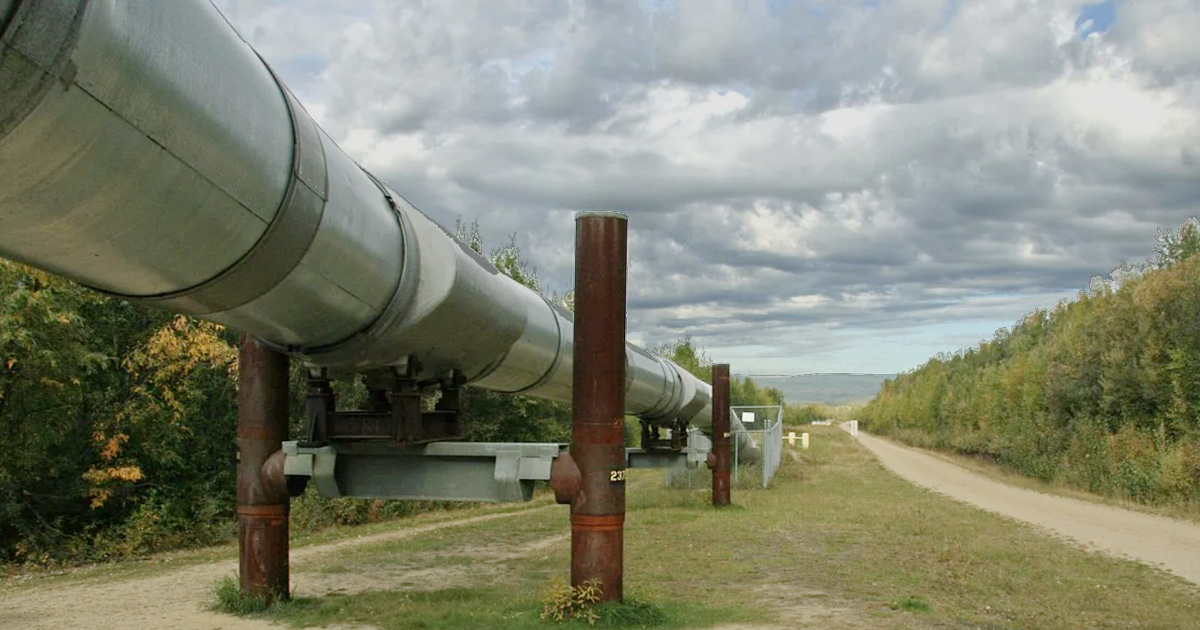Virtual Resource Room Navigation
Related Publications
Government Publications
Pennsylvania Department of Environmental Protection (DEP)
Governor’s Pipeline Infrastructure Task Force (PITF) Report (Feb. 2016)
Federal Energy Regulatory Commission (FERC)
Guidelines for Reporting on Cultural Resources Investigations for Natural Gas Projects, FERC, Office of Energy Projects (Jul. 2017)
Guidance Manual for Environmental Report Preparation, FERC (Feb. 2017)
- Guidance Manual for Environmental Report Preparation for Applications Filed Under the Natural Gas Act, Volume I;
- Guidance Manual for Environmental Report Preparation for Applications Filed Under the Natural Gas Act, Volume II; Liquefied Natural Gas Project Resource Reports 11 & 13 Supplemental Guidance.
Suggested Best Practices for Industry Outreach Programs to Stakeholders, FERC Office of Energy Projects (July 2015)
Upland Erosion Control, Revegetation, and Maintenance Plan, FERC (May 2013)
Wetland and Waterbody Construction and Mitigation Procedures, FERC (May 2013)
Guidance for Federal and State Agencies for the Processing of Federal Authorizations in Cooperation with the FERC, FERC, Office of Energy Projects (Aug. 2007)
Research of Wetland Construction and Mitigation Activities for Certificated Section 7(c) Pipeline Projects, FERC, Office of Energy Projects (March 2004)
U.S. Environmental Protection Agency (EPA)
Interagency Agreement on Early Coordination of Environmental Reviews of Natural Gas Pipelines, U.S. EPA (May 2002)
U.S. Department of Energy (DOE)
Audit Report on The Federal Energy Regulatory Commission’s Natural Gas Certification Process, U.S. DOE, Office of Inspector General (May 2018)
Quadrennial Energy Review: Energy Transmission, Storage, and Distribution Infrastructure, Implementation Report Card, U.S. DOE (Nov. 2016)
Natural Gas Infrastructure Implications of Increased Demand from the Electric Power Sector, U.S. DOE Report (Feb. 2015)
U.S. Department of Homeland Security (DHS)
Pipeline Security Guidelines, U.S. DHS, Transportation Security Administration (Updated Mar. 2018)
Transportation Security Administration Needs a Crosscutting Risk-Based Security Strategy, U.S. DHS, Office of Inspector General (Sep. 9, 2016)
U.S. Department of Transportation (DOT); Pipeline and Hazardous Materials Safety Administration (PHMSA)
Report to Congress: A Study on the Impact of Excavation Damage on Pipeline Safety, US DOT PHMSA (Oct. 2014)
Report to Congress: Review of Existing Federal and State Regulations for Gas and Hazardous Liquid Gathering Lines, US DOT PHMSA (Sep. 2013)
Report to Congress: Results of Hazardous Liquid Incidents at Certain Inland Water Crossings Study, U.S. DOT PHMSA (Aug. 2013)
Report to Congress: Five-Year Interagency Research Development and Demonstration Program Plan for Pipeline Safety and Integrity, U.S. DOT PHMSA (Jul. 2013)
Final Report: Leak Detection Study, U.S. DOT PHMSA (Dec. 2012)
Studies for the Requirements of Automatic and Remotely Controlled Shutoff Valves on Hazardous Liquids and Natural Gas Pipelines with Respect to Public and Environmental Safety, U.S. DOT PHMSA (Oct.2012)
U.S. Energy Information Administration (EIA)
About U.S. Natural Gas Pipelines – Transporting Natural Gas (based on data through 2007/2008 with selected updates), U.S. EIA, Independent Statistics and Analysis
Today in Energy; Pipelines, U.S. EIA, Independent Statistics and Analysis
U.S. Energy Mapping System, U.S. EIA, Independent Statistics and Analysis
International and Interstate Movements of Natural Gas by State, U.S. EIA Independent Statistics and Analysis
U.S. Natural Gas Exports and Re-Exports by Country, U.S. EIA Independent Statistics and Analysis
Congressional Research Service (CRS) Reports
COVID-19: Response of the Oil and Gas Pipelines Sector, No. IF11476 (Mar. 27, 2020)
PHMSA’s Pipeline Safety Reauthorization: Funding Issues, No. IN11162 (Updated Feb. 12, 2020)
DOT’s Federal Pipeline Safety Program: Background and Key Issues for Congress, No. R44201 (Updated Mar. 29, 2019)
Interstate Natural Gas Pipeline Siting: FERC Policy and Issues for Congress, No. R45239 (Updated Jun. 21, 2018)
Cybersecurity for Energy Delivery Systems: DOE Programs, No. R44939 (Updated Aug. 28, 2017)
Presidential Permits for Border Crossing Energy Facilities, No. R43261 (Updated Aug. 1, 2017)
Oil and Natural Gas Pipelines: Role of the U.S. Army Corps of Engineers, No. R44880 (Updated Jun. 28, 2017)
Presidential Permit Review for Cross-Border Pipelines and Electric Transmission, No. R44140 (Updated Apr. 19, 2017)
The Army Corps of Engineers’ Nationwide Permits Program: Issues and Regulatory Developments, No. 97-223 (Updated Jan. 12, 2017)
Interstate Natural Gas Pipelines: Process and Timing of FERC Permit Application Review, No. R43138 (Updated Jan. 16, 2015)
U.S. Government Accountability Office (GAO)
Gas Pipeline Safety: Stakeholders’ and Officials’ Views on Federal Odorizing Requirements (Apr. 2018)
Pipeline Safety: Additional Actions Could Improve Federal Use of Data on Pipeline Materials and Corrosion (Aug. 2017)
Pipeline Safety: Department of Transportation Needs to Complete Regulatory, Data, and Guidance Efforts (Sep. 2015)
Gas Pipeline Safety: Guidance and More Information Needed before Using Risk-Based Reassessment Intervals (Jun. 2013)
Pipeline Safety: Better Data and Guidance Could Improve Operators’ Responses to Incidents (Jan. 2013)
Pipeline Safety: Better Data and Guidance Needed to Improve Pipeline Operator Incident Response (Jan. 2013)


